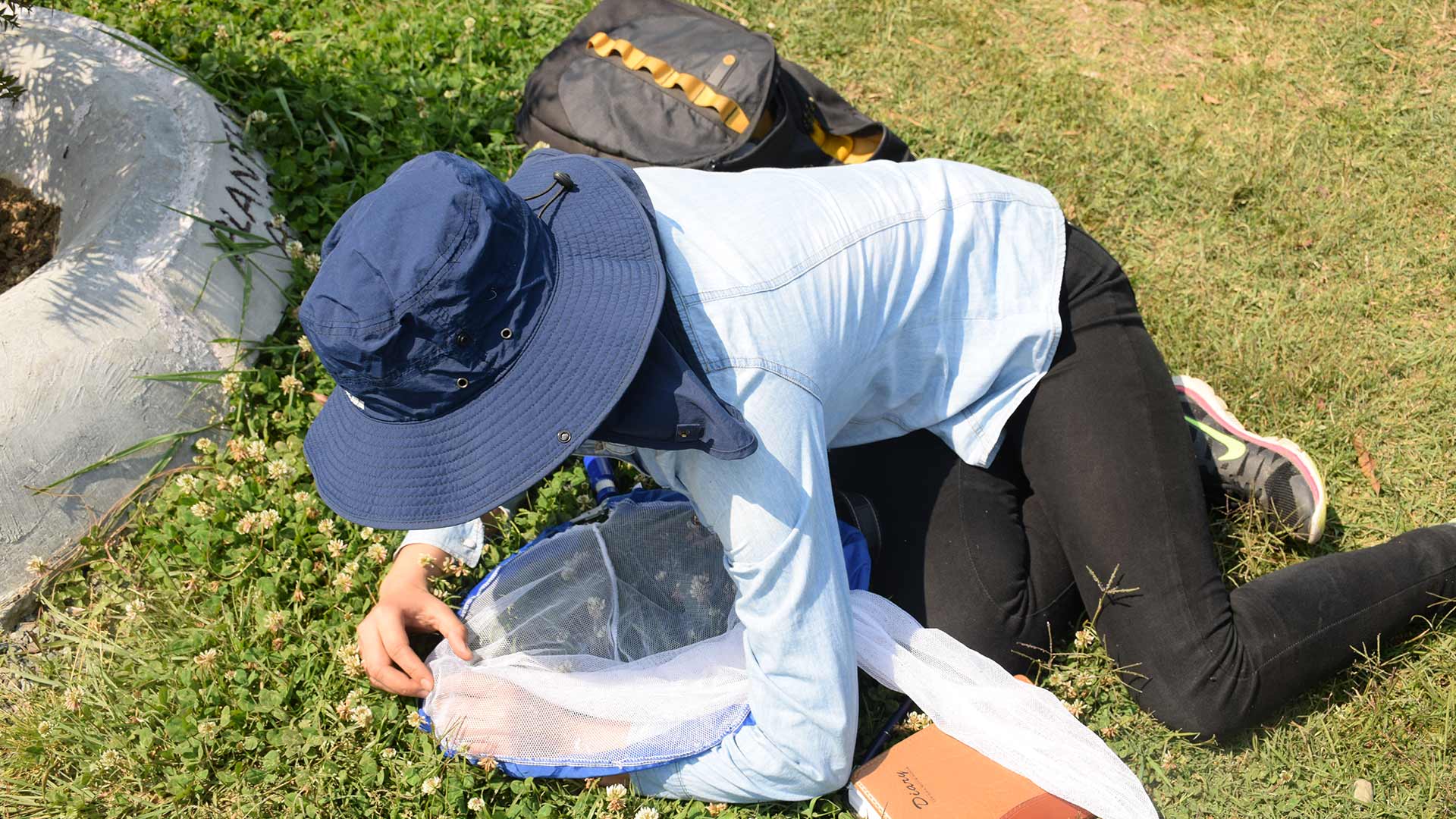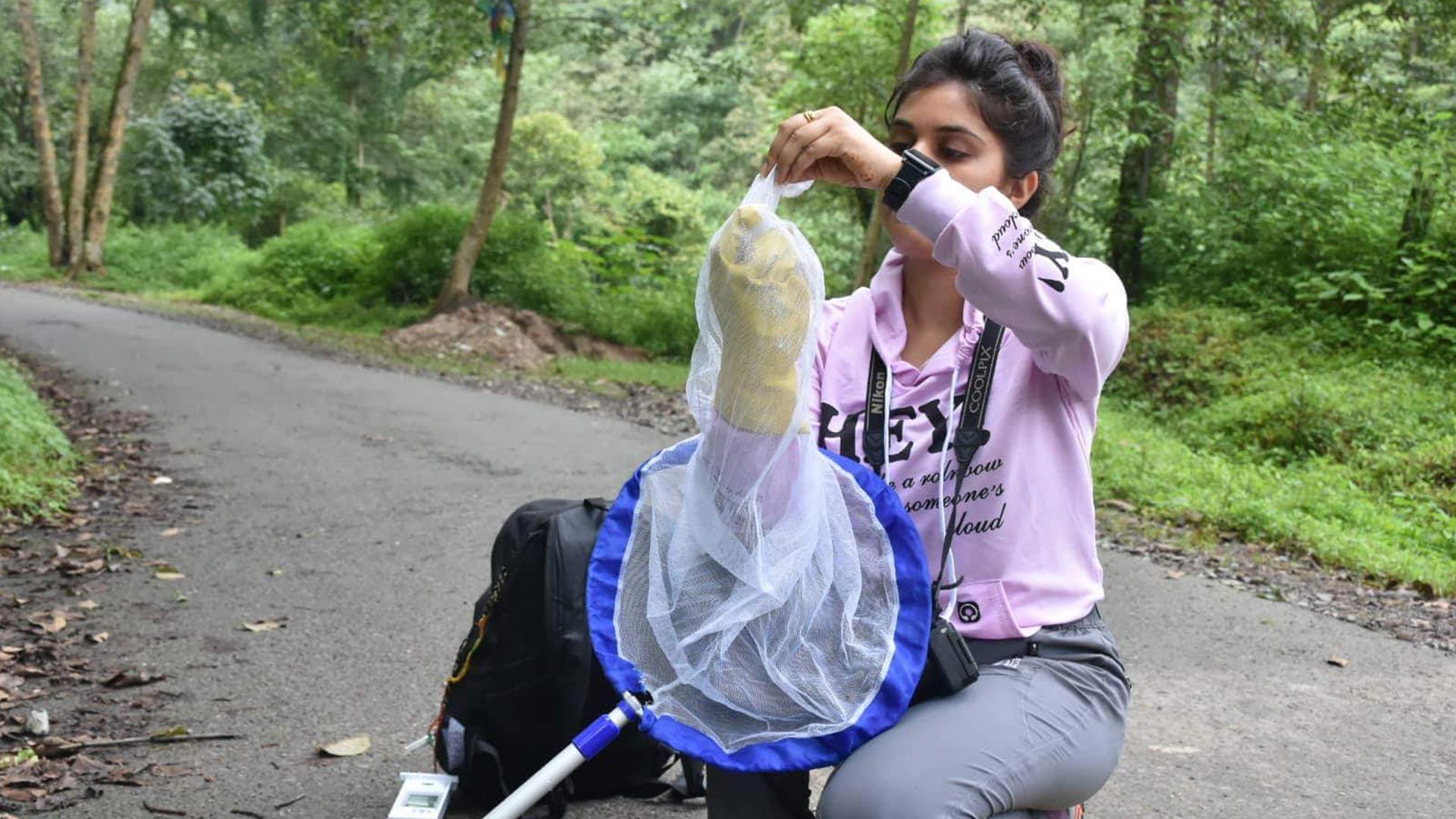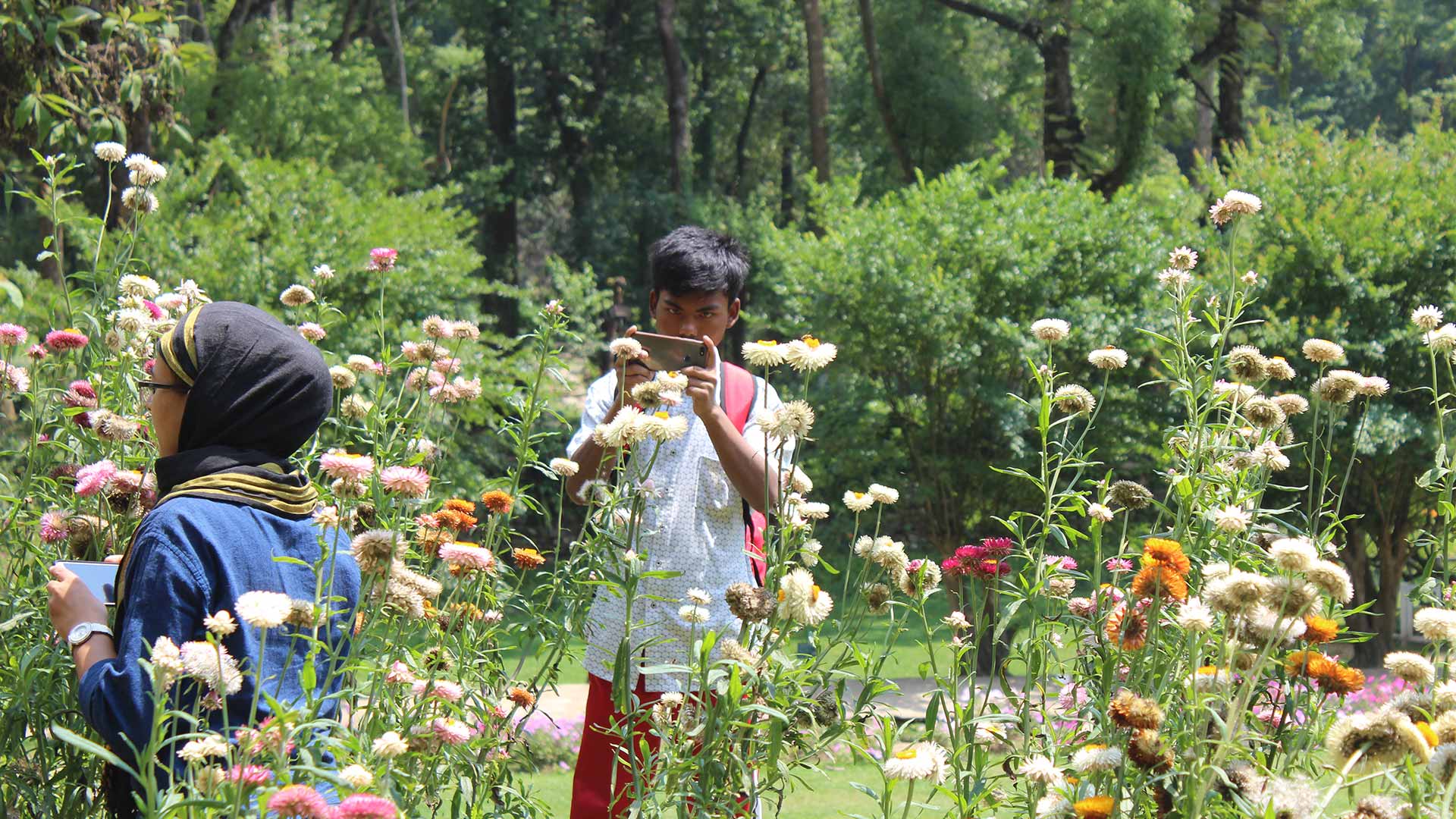How much do you know about our Wild Work? As a not-for-profit conservation organisation, Auckland Zoo is committed to safeguarding our beautiful planet, all of its remarkable species, and spectacular landscapes for generations to come. We bring you #Wildwork Wednesday to show you some remarkable people, undertaking extraordinary work in NZ and abroad.
Most of us have heard about the impact bees have on our world and how important they are for pollinating crops. But you may not know that a significant amount of this crucial pollination is done not by domestic honeybees, but wild bee species! This Wild Work Wednesday, we’re visiting one of Auckland Zoo’s small grant recipients in Nepal to learn more about the citizen scientists on the ground searching for bumble bees. These citizen scientists are members of the general public like you and I, getting out into nature, learning about their local ecosystem, and collecting data about the natural world to assist with research and species recovery.





